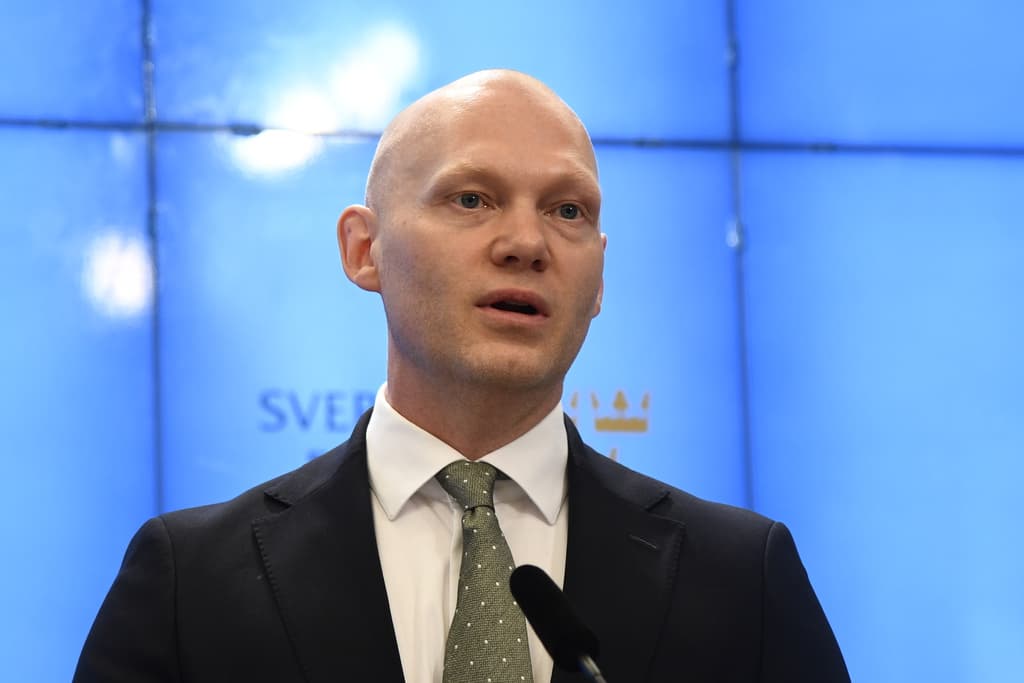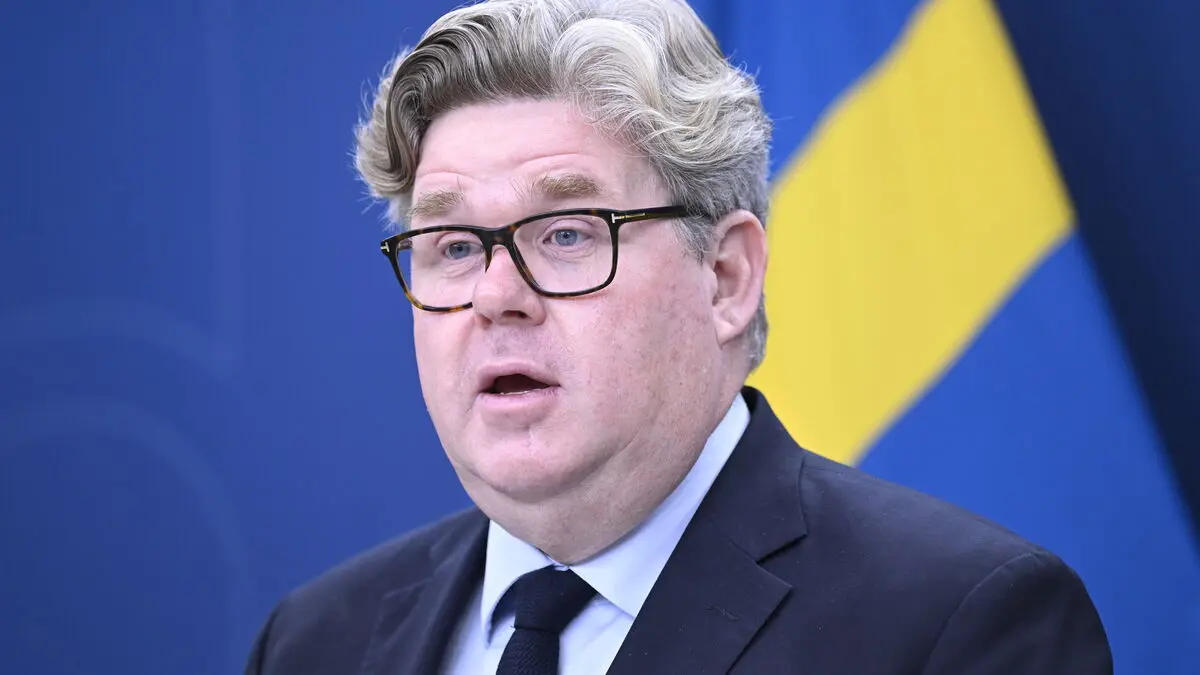Combine some of the current AP funds. This is proposed in a new investigation.
The system is large and more expensive than necessary. We should create the best possible conditions for good pensions, says Financial Markets Minister Niklas Wykman.
The Swedish AP funds manage approximately 2,000 billion kronor in the Swedish pension system and cost 2 billion kronor in operating costs each year, according to Niklas Wykman.
The investigator, Tord Gransbo, presented the pros and cons of four different proposals on how they can be made more efficient at a press conference on Monday.
The largest part concerns different types of mergers that can save on operating costs.
Unlisted shares as risk diversification
The sixth AP fund, based in Gothenburg, specialises in high-yielding unlisted shares. Two alternatives are presented: either AP6 is merged with the broader second AP fund in Gothenburg, or AP6 remains but is integrated into the so-called buffer fund system.
Our starting point is that the sixth AP fund's unlisted holdings are a desirable risk diversification for the entire pension system that should be preserved, says Tord Gransbo.
One fund can be phased out
The investigation also proposes that the three buffer funds, AP1, AP3, and AP4, based in Stockholm, can work more closely together to achieve higher net returns in the long run. One option is to phase out one of the funds and let the other two take over the operations and capital.
Which path the government chooses remains to be seen.
I choose not to point out any of the proposals as the best right now. The assignment was focused on highlighting the pros and cons, says Tord Gransbo.





